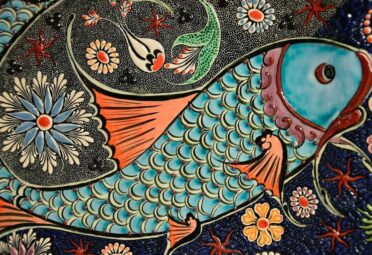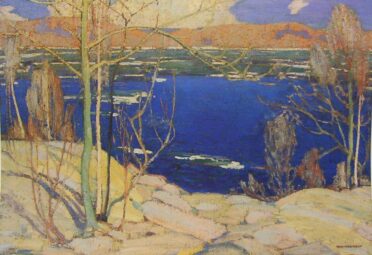Starter oil painting guide
Oil painting is a highly artistic process that requires not only art but also technical knowledge and skills. If you are just starting to learn oil painting, here are some tips to help you get started on your creative journey.
- Prepare your materials
First of all, you need to purchase materials. To paint with oils, you need paints, brushes, a palette, thinner, and a canvas or board. Buy high-quality materials so that they last longer and give you better results. Don’t forget that painting with oils can be a bit messy, so you should be prepared to get your hands and clothes dirty.
- Learn the technique
Oil paints are a difficult material to paint with, so you should learn some techniques before you start creating. Learning techniques can take some time, but it will allow you to understand how to use your materials properly and create better quality work. It is recommended that you start by learning the basics, such as mixing paints, using solvent, application techniques, etc.
- Start with small works
When you first start painting with oils, it is recommended that you start with small works that can be completed within a few hours. This will allow you to learn the technique and make mistakes without having to spend a long time on one project. You can also start by copying famous paintings or photographs to learn the technique and keep yourself motivated.
- Use layers
Oil paints allow you to paint in multiple layers, which allows you to add texture and depth to your work. Start with a thin layer of paint to create a base for your work. Then add new layers, paying attention to tones and subtle details.
Here are some tips to help you get started with oil painting. Remember that painting is a learning process, so don’t forget to keep learning and growing as you create new works. Now, let’s move on to the list of basic materials needed for oil painting:
Paints: Oil paints are the main material for oil painting. They are available in many colors and brands, so you need to choose high-quality paints from well-known brands.
- Brushes: The choice of brushes depends on your needs and painting style. It is recommended to have several brushes of different sizes and shapes, such as flat, round, and narrow.
- Palette: This is the surface on which you mix your paints. The palette can be made of plastic or glass and should be easy to clean.
- Thinner: A liquid material that is added to paints to dilute them and adjust their consistency.
- It is recommended to use a colorless thinner, as it does not change the color of the paints.
- Tertiary: is a special oil added to paints to improve their fluidity and ensure even application on the surface. It also helps to keep the paint moist and prevents it from drying out.
- Primer: This is the base layer that is applied to the surface before painting. Primer helps prepare the surface for painting and improves the adhesion of the paint to the surface.
- Surface to paint on: This is the surface you will paint on. The surface you choose depends on your painting style and technique. For example, you can use smooth surfaces such as drawing paper to draw details and textures, while you can use canvas to draw landscapes or portraits.
Remember that oil painting is a process that requires a lot of patience and practice. Don’t stop learning and experimenting with different techniques and materials, and over time, you will be able to create fascinating and unique paintings.
Overall, starting to paint with oils may seem daunting, but with the right materials and approach, the process can be fun and creative. Remember that everyone has their own style and expression, so don’t stop experimenting and developing in art.
The author of the article is Jeff Vertes, an analyst of bestcasinosincanada.net


